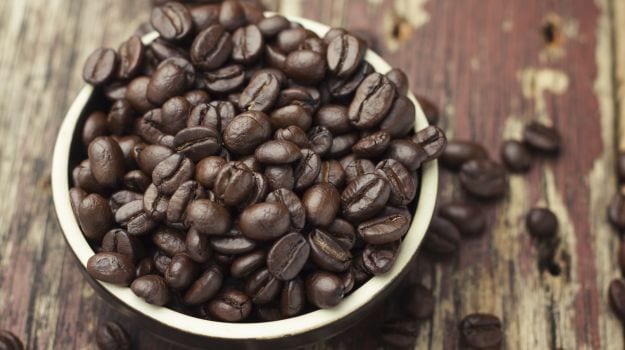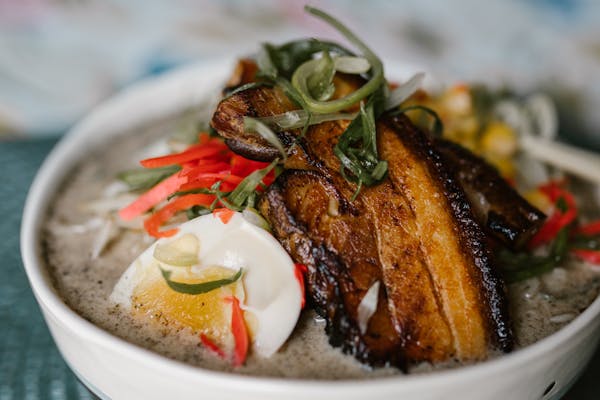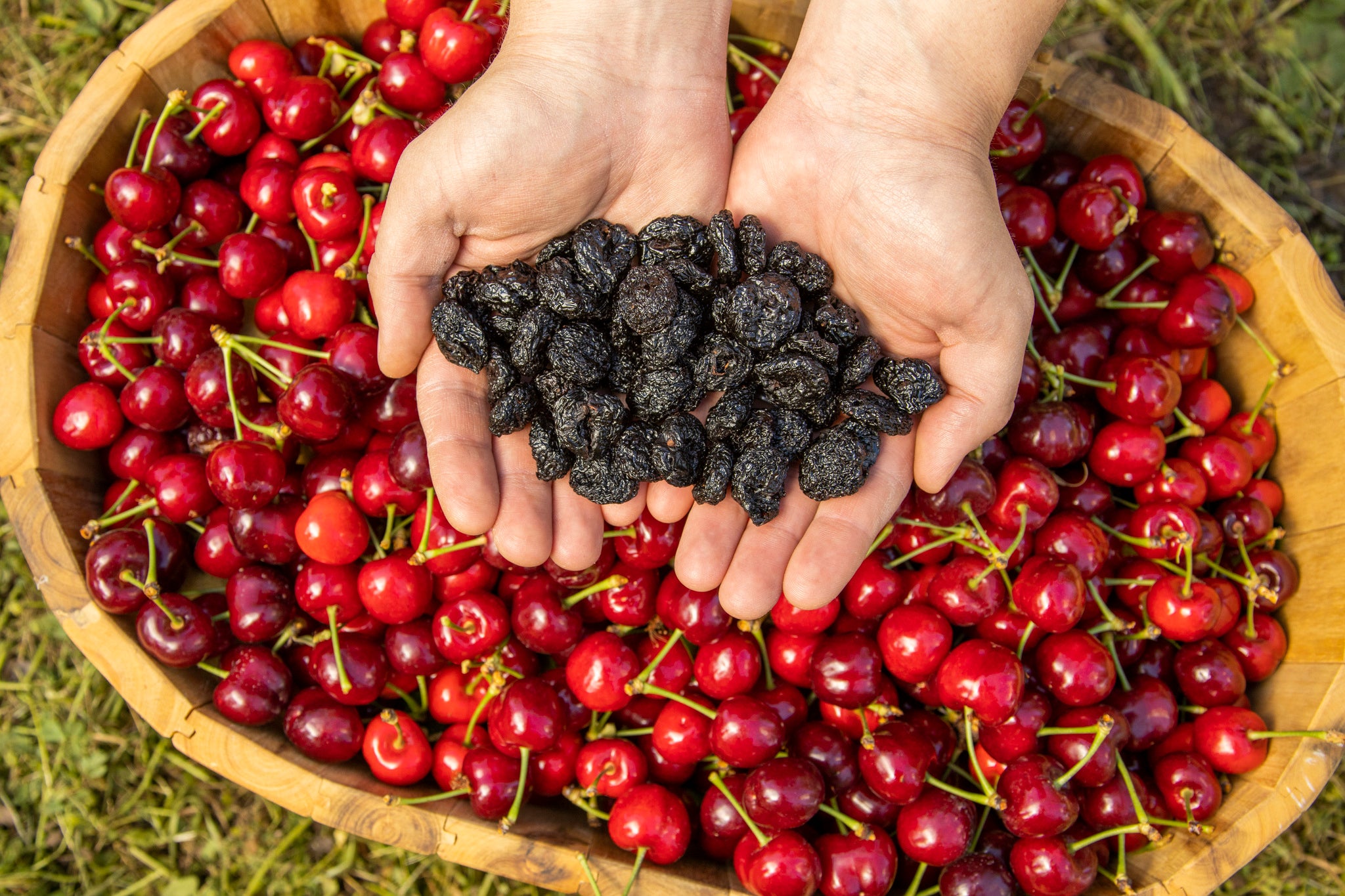From Darjeeling Tea To Bikaneri Bhujia: Guide To GI Tagged Foods Across India
We tend to associate bhujiya to Bikaner, tea to Darjeeling and saffron to Kashmir, so much so that over the years these food items have become an intrinsic component of the places’ identity (and vice-versa). As a result, they have been bestowed upon with Geographical Indication (GI) tags. What is GI tag? It is a part of the intellectual property rights that is given to a specific product that corresponds to a specific geographical origin. Introduced in 2003, India has more than 350 GI tagged products till date. It is generally given to indigenous agricultural products, food items, handicrafts etc.
Darjeeling tea was the first product in India to receive GI tag in 2004-2005. Grown in the Darjeeling and Kalimpong district of West Bengal, this variety of tea is renowned world-wide for to its floral aroma and ‘muscatel’ flavour. For the uninitiated, muscatel refers to the unique musky-spicy flavour of Darjeeling tea.

Hyderabadi Haleem
If you happen to be a meat lover, you perhaps do not need an introduction to Haleem This appetising slow-cooked dish (meat-stew) is widely enjoyed across India, with the most popular one being the Hyderabadi haleem. Hence, to recognise its popularity, this specific version of haleem was given a GI tag in 2010.
Coorg Arabica Coffee
Coffee cultivation is one of the most significant occupations among the people of Karnataka, especially in the Kodagu district (Coorg area). The climate and geographical conditions of the district provides some uniqueness to the coffee that brings out a rich flavour and aroma when roasted. This makes the Coorg Arabica coffee a popular choice among coffee lovers. Keeping the fame and premium quality in mind, it was given a GI tag in 2019.
Also Read: Know Your Coffee: Cappuccino, Latte and 15 Different Kinds

Kashmiri Saffron
There’s no doubt that Kashmir is home to premium quality saffron. Rich aroma (and flavour), distinctive colour and wide range of health benefitting properties have made saffron of this state one of the costliest spices of the world. Hence, to honour to this indigenously produced spice, it was given a GI tag in 2020.
Manipuri Black Rice
Second food item to receive a GI tag in 2020 is Manipuri black rice (or chakhao). This variety of rice is packed with several nutrients, including vitamins, minerals, antioxidants, fibre et al. Alongside, the black rice of Manipur has also garnered popularity due to its special aroma, nutty flavour and the dark purple colour it obtains after cooking.
Also Read: White Rice, Brown Rice Or Red Rice: Which One is the Healthiest?

West Bengal’s Gobindabhog Rice
Another variety of rice known for its strong aroma is Gobindabhog of West Bengal. It is widely used in traditional Bengali cuisine, with the most popular dish being ‘basanti pulao‘. Traditionally cultivated in the districts of Burdwan, Hoogly, Nadia and Birbhum, this variety was allotted GI tag in 2017.
Bikaneri Bhujia
It won’t be an exaggeration to say that Bikaneri bhujia is synonymous to chai-time snacks across India. Moreover, it is a popular cottage industry of Bikaner, which provides employment to almost 2.5 million people of this region. Hence, in 2010, Bikaneri bhujia was given GI tag to ensure that none other than the registered users will be allowed to use the name of the popular product.





